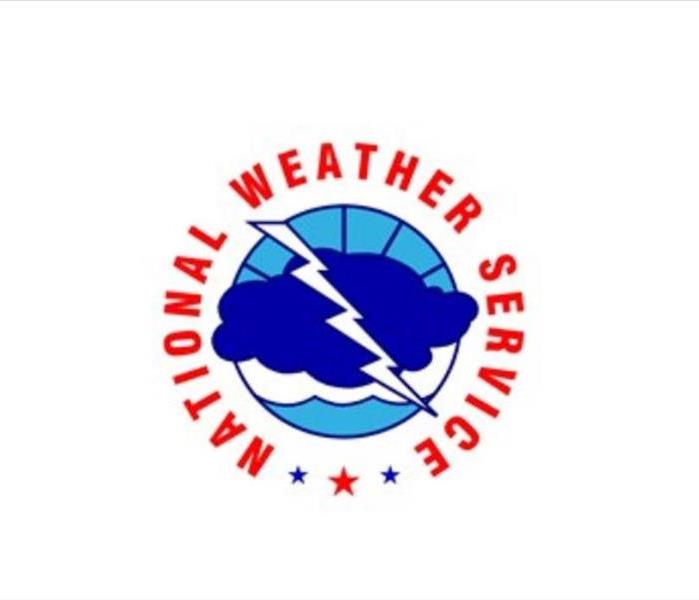The Different Types of Weather Alerts
8/11/2020 (Permalink)
 Official logo of the National Weather Service, which has been providing weather forecasts and alerts since 1870.
Official logo of the National Weather Service, which has been providing weather forecasts and alerts since 1870.
There are several types of severe weather that impact Oklahoma City and the surrounding areas that can cause the National Weather Service (NWS) to issue an alert. Alerts are issued in order to make the population of the impacted area aware of the potential dangers that they could be facing, and hopefully allow them time to adequately prepare for the impending acclimate conditions. There are several different types of alerts that can issued, varying in degree by the potential risk associated with that type of weather. The three most common classes of alerts issued by the NWS are watches, warnings, and advisories. Watches, warnings, and advisories can be triggered by a number of different types of weather phenomena, such as floods, thunderstorms, tornadoes, and even excessive heat. Below are the definitions of each alert to help you better understand the distinctions between them:
A watch is issued when there is chance this condition will occur, and generally covers a larger geographic area over a longer period of time.
A warning means that the weather is already occurring or has a high likelihood of occurring in the near future, and advises the population of the impacted area to take proper protective measures.
Advisories are issued when a certain type of weather has a fair chance of occurring, but advisories are typically used for less severe types of weather conditions (i.e. the issuance of a wind advisory rather than a high wind warning).
Now that you understand the differences between watches, warnings, and advisories here are the criteria for some of the issues that are most commonly issued for our region by the governing NWS office, which is located in Norman, OK:
Freezing Rain/ Drizzle Advisory Issued when freezing rain is predicted to cause travel problems, but not exceed an accumulation of ¼”.
Ice Storm Warning Issued when freezing rain is expected to produce ice accumulations of 1/4” or greater, and significantly disrupt traffic and utilities.
Severe Thunderstorm Warning This type of alert occurs when there is a reliable report that a thunderstorm is producing or will soon produce gusts of wind of 58 mph or greater, structural wind damage, and/or hail with a diameter of 1” or greater.
Flash Flood Watch Issued when an area is facing the possibility of flash flooding within the next 36 hours.
Flash Flood Warning Issued when a flash flood is predicted to occur in the next future, generally within the next 1 to 3 hours.
Hopefully knowing the difference between these weather alerts can help you adjust your expectations and better prepare for the occurrence of acclimate weather. SERVPRO of Central Oklahoma City is here to help you restore your home or business in the event that disaster does strike. Whether it was water damage caused by a flood or you are needing roof repairs after a hail storm, we will make it "Like it never even happened." Give us a call at (405)252-9400 or submit an information form and we will follow-up with you!
Sources:





 24/7 Emergency Service
24/7 Emergency Service